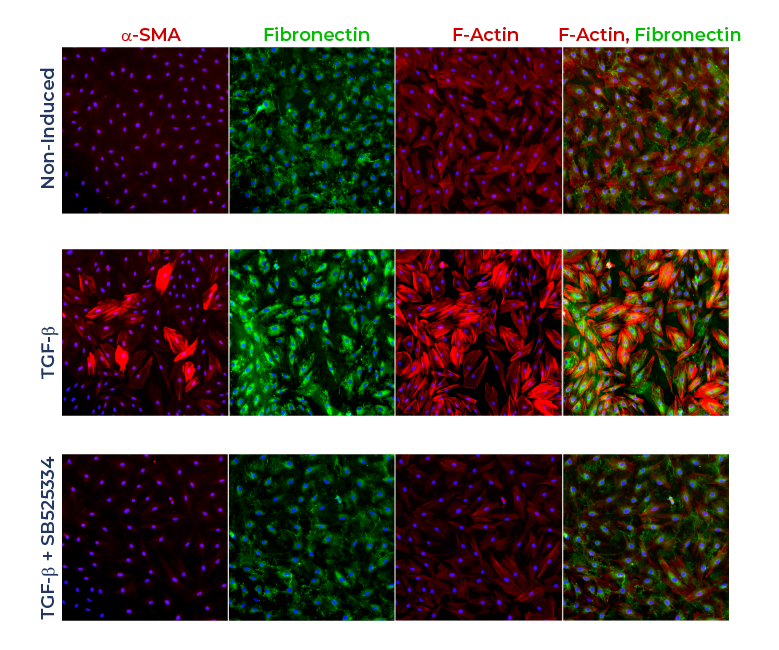Towards an in vitro assay for fibrosis research
Exploring In Vitro Assays: A New Frontier in Fibrosis Research
Fibrosis is a difficult disease to treat and can affect various organs such as the kidney, liver (e.g. non-alcoholic liver steatohepatitis, NASH) or the lungs (idiopathic pulmonary fibrosis, IPF). It’s characterized by excessive deposition of extracellular matrix due to exaggerated repair in response to damage. The excessive scarring, morphology changes in tissue structure and organ malfunction ultimately lead to organ failure. Transplantation remains the only option for the treatment of late-stage disease. Dr Nina Schroeder and Dr Tim Phillips give us insight into how scientists at Sygnature Discovery are currently tackling this challenge.
The Sygnature Approach: Pioneering Fibrosis Research
The search for medicines that can treat fibrosis is made more difficult by the lack of predictive in vitro cellular models in which drug discovery scientists can test potential therapeutics. Currently, the main option for assessing potential fibrosis treatments are in vivo models, as it’s a complex disease that is difficult to reproduce in vitro. But this is a very time consuming and expensive process.
At Sygnature, we’re utilising our bespoke assay development skills to develop a suite of 2D and 3D multicellular models of organ fibrosis that can support client drug discovery project in vitro screening. The assay platform allows compounds to be rapidly tested for anti-fibrotic effects in a 96-well format. The ability of the models to examine multiple mechanism of actions will be also supported, to include inhibiting the development of fibrosis or a reversal of established fibrotic lesions.

Induction of myofibroblast differentiation by TGF-β treatment and inhibition using the ALK5 inhibitor SB 525334. Fibrosis was induced in Rat kidney NRK49F fibroblasts with 10ng/ml TGF-β in the presence or absence of the ALK5 inhibitor SB 525334 (1 μM). Cells were fixed and processed them by immunofluorescence for the fibrosis markers α-Smooth Muscle Actin (α-SMA, red), Fibronectin (green), F-Actin (red) and the nuclei were stained with Hoechst (blue). The images depict the fibrotic marker stainings in each condition. Images were acquired using the Molecular Devices ImageXpress® Micro Confocal High-Content Imaging System and analysed using the MetaXpress® 6 software.
As part of the development, the in vitro models are validated using well established anti-fibrosis compounds to evaluate if the assays are able to predict in vivo efficacy. Upon launch, the in vitro models allow potential drug compounds to be triaged at an earlier stage, and only those that look most promising are progressed forward into in vivo model testing. Collectively, this provides researchers with increased biological information to help support compound selection and progression, with the potential to offer a new opportunity to improve success rates of new fibrosis therapeutic agents.
The in vitro fibrosis models are be based on high-content cell imaging assays, which measure specific, multiple fibrosis-related parameters in response to treatment with a potential anti-fibrotic compound. These parameters include extracellular matrix deposition, myofibroblast activation and tissue remodelling. We’re using our expertise in techniques such as confocal microscopy and immunofluorescent staining to assess these different cellular biomarkers. 
To achieve these goals, we’re working alongside our colleagues at RenaSci, a wholly owned subsidiary, who have a successful track record and well established and validated in vivo models in this disease area. RenaSci joined the Sygnature Group in July 2018, and since then we have been working hard to join up two world-class CROs into one that can seamlessly support drug discovery, from target validation through to proof-of-concept, and beyond. Developing this fibrosis assay is just one way in which we’re further integrating RenaSci’s disease models with Sygnature’s drug discovery services.
We’re excited to offer the refined in vitro models of fibrosis to the market. We see a clear demand for predictive in vitro models among companies working on fibrosis, many of whom already work with RenaSci, to help speed up their research efforts and reduce compound attrition. These assays should result in a far greater depth of scientific understanding in the unmet medical need that is fibrosis.
We continually engage with our industry on a range of drug discovery topics. If you would like to discuss in vitro models, our bioscience capabilities or even drug discovery in general then we’d love to hear from you. You can get in touch by using any of the contact forms.
